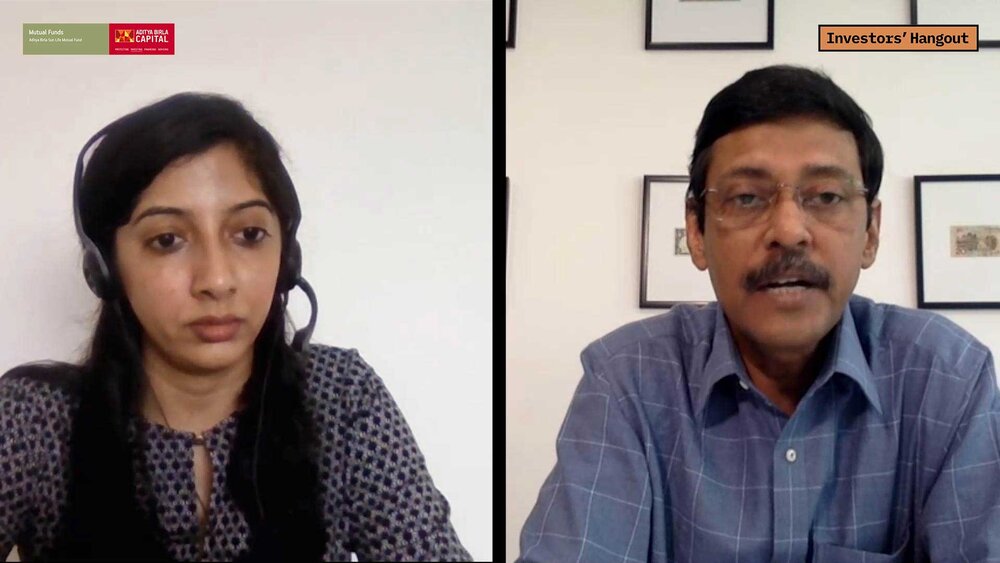
Bekxy Kuriakose, Head- Fixed Income, Principal Asset Management, talks about diverse issues impacting the debt markets, the return expectations going forward and the way the AMC is currently positioning its debt funds.
Given the fiscal constraints facing the economy, the government borrowings and some of the unconventional measures, such as OMOs in SDLs, what kind of impact do you visualize on the bond markets in the next few quarters? How are you positioning your portfolios in response?
We are positioning our portfolios with a positive view on gilt and bond yields given the massive RBI support and ample banking system liquidity coupled with a policy support with accommodative stance for coming quarters by RBI. High credit quality and high liquidity duration play in our duration portfolios.
SEBI has been proactively bringing in various regulations. For instance - side pocketing, the valuation norms, revised investment guidelines for liquid funds, fortnightly portfolio disclosures, inter scheme transfer guidelines, etc. How do you view these? Do they make the job of a debt fund manager more challenging?
These regulations make debt funds safer and more transparent for investors. Debt Fund managers are already adjusting to the new guidelines. In fact, regulations for debt funds have been steadily coming since the 2008 global crisis and debt fund managers proactively adjust to the new reality to ensure to be compliant.
Credit apart, liquidity also poses significant challenges in the Indian debt markets, more so while running an open-end fund. What strategies or practices do you deploy to manage liquidity-related risks in your funds?
We are very cognizant of the fact that liquidity is paramount while running active debt funds and in this regard we have managed tight liquidity and distress conditions extremely well over the past several years. Even now we have ensured our portfolios are constructed to generate high liquidity in response to redemptions or any other market distress situations. In every asset class be it government securities, SDLs, money market or corporate bonds our investment picks reflect this.
We observe that you have notably pruned exposures to papers rated AA+ and below in your short duration and low duration funds. Please explain the strategies these funds adopt vis-a-vis exposures to high yielding securities. For instance, are there any upper limits on exposures to papers below a certain rating, or issuer level exposures?
We do have internal limits on AA and below exposures over and above the regulatory limits. Since past two years considering the deteriorating credit environment, we have turned conservative. The COVID lockdown has further validated this position. We would review this conservative stance at year end based on results and financials of banking, NBFC and corporate sector. That said we do cherry pick selectively in the AA and below space from time to time with credits we have been tracking diligently and which fit our return risk award matrix.
Tell us about your strategy for managing the debt portion of the Principal Hybrid Equity Fund. We observe that in the past it had notable investments in other Principal debt funds.
In the past given the smaller fund size and debt portion of the fund it was felt that greater economies of scale would be achieved by investing in pure debt fund which would reflect our view. As the fund size grew, we exited those investments and made direct investments. The debt portion runs a moderate high credit quality duration strategy and has a portfolio consisting of highly liquid duration gilts across 2 to 10 year space, short to medium tenor high quality corporate bonds and SDLs at decent spreads and short term money market instruments.
What's your advice to fixed income investors, particularly the regular income seekers, given the low interest rate environment we are living in?
So far MTM and capital gains have ensured debt funds have done reasonably well outside of liquid and overnight category. However, going forward, investors would have to get used to low returns from high quality debt funds given RBI's priority on growth revival. Chasing returns may lead to taking higher credit risk which at this juncture is avoidable. Our preferred pick is the high credit quality funds in the Short Term category.



